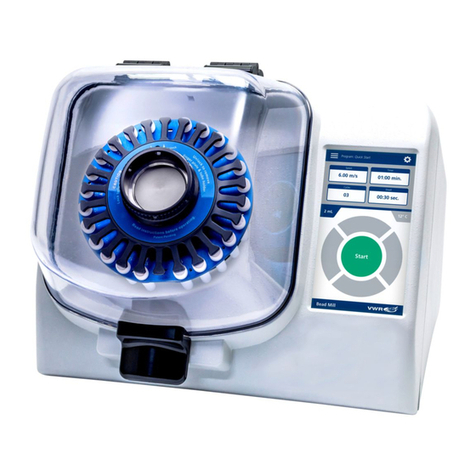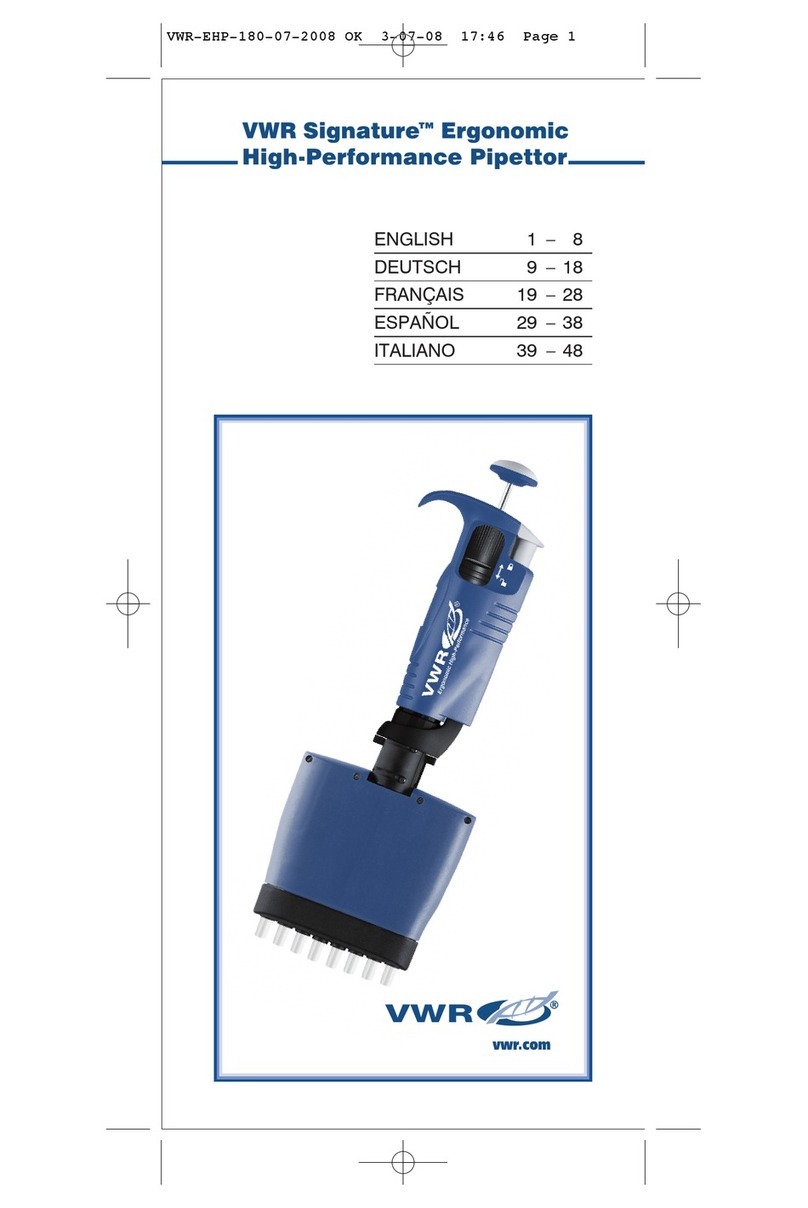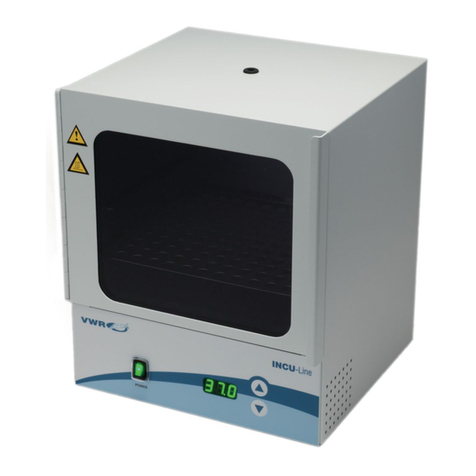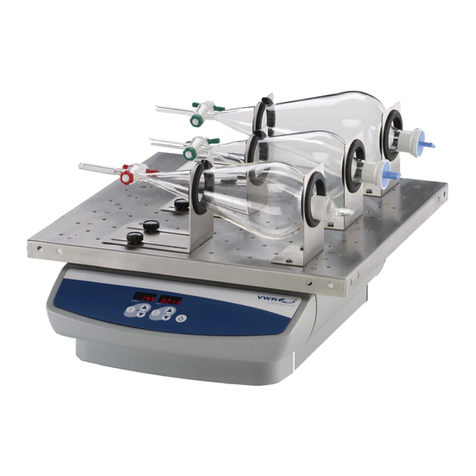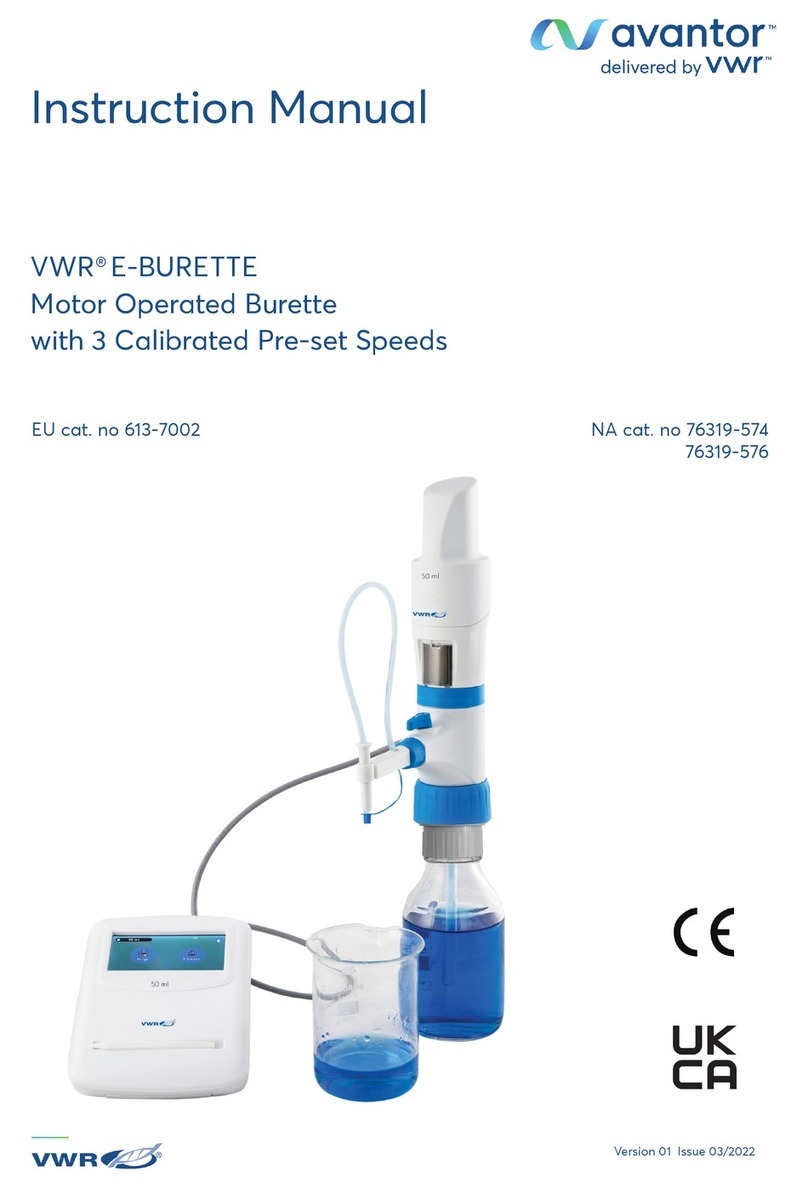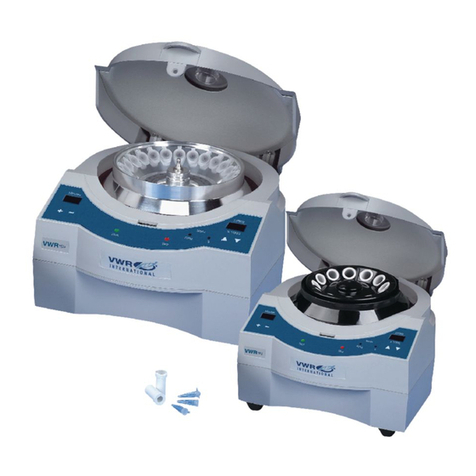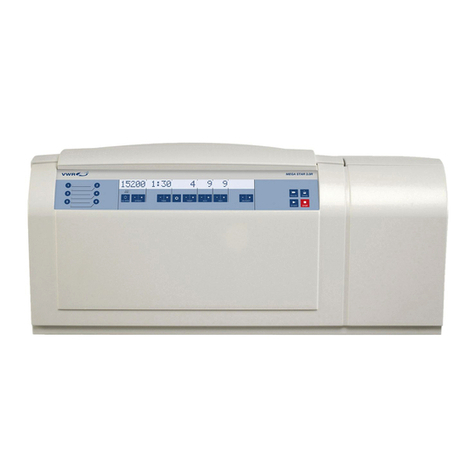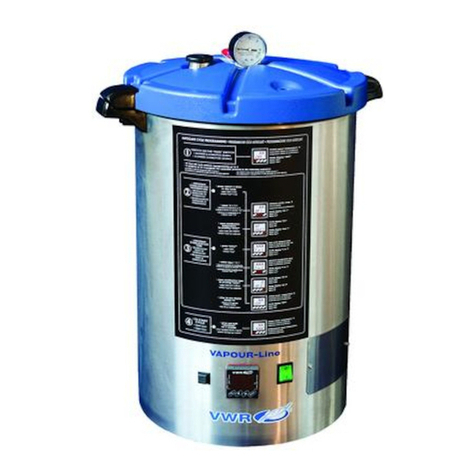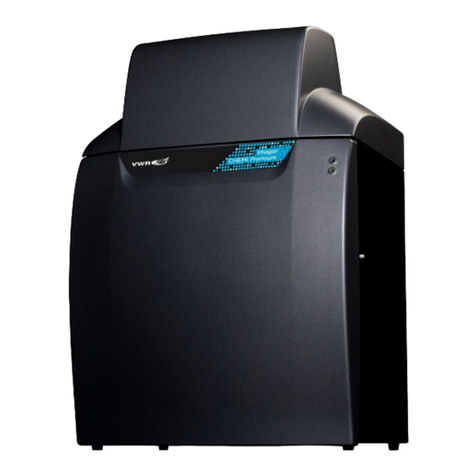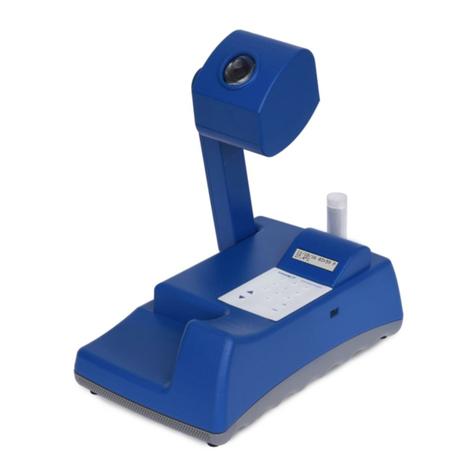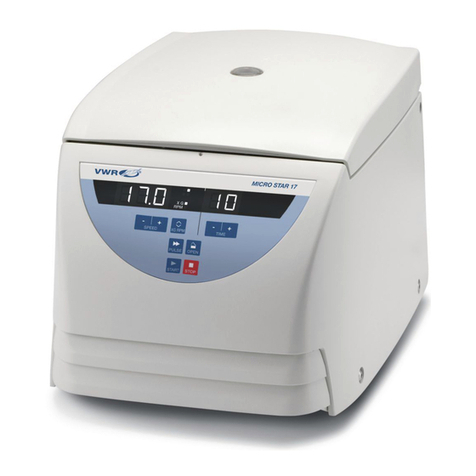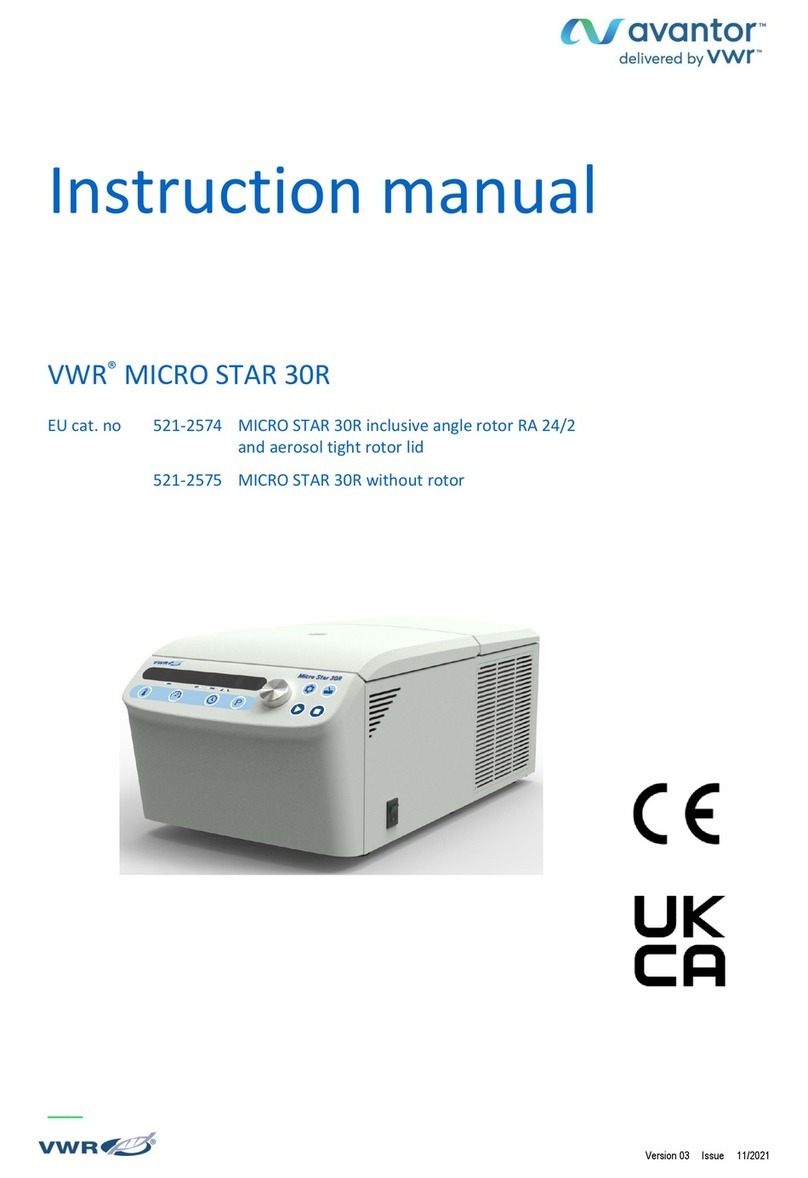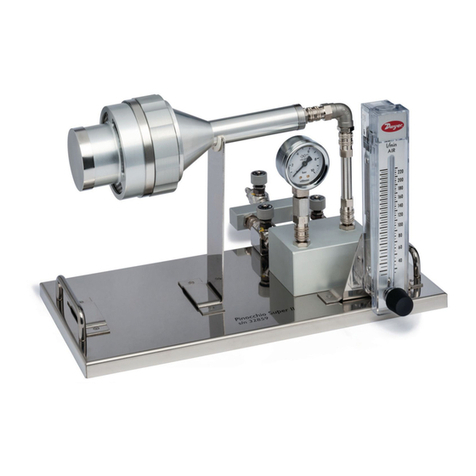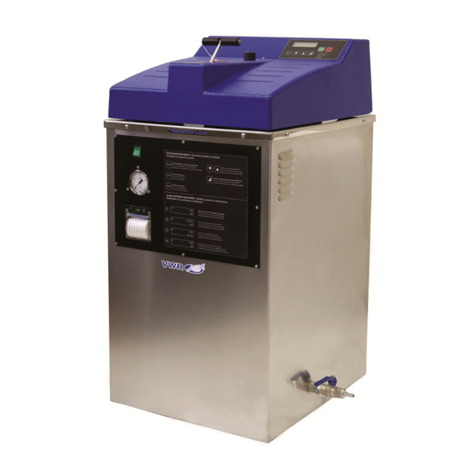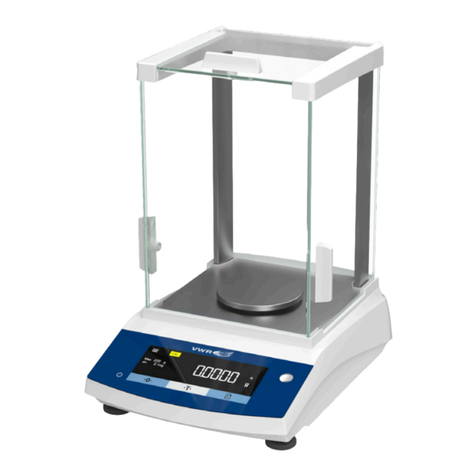
14
CAUTION: Recalibrate the pipettor after replacing the
plunger. If the pipettor does not work properly, check
whether it has been reassembled correctly.
6.2 STERILIZATION
The pipettor can be sterilized in the autoclave at the tem-
perature of 121°C for 20 minutes. After sterilization, the
pipettor should be dried and cooled down to room tem-
perature. It is recommended to sterilize the pipettors in
autoclave with initial vacuum and drying cycle.
CAUTION:
- Sterilization in other conditions may cause the damage
of the pipettor,
- Set the volume adjustment knob in its upper (unlocked)
position before sterilization.
Repeatability of obtained results does not change if the
pipettor is operated properly and the autoclaving proce-
dure is conducted appropriately. As there can be a slight
change in the dosing accuracy it is recommended:
- To check calibration of the pipettor after 1st, 3rd and
5th autoclaving procedures, and every 10 autoclaving
cycles during further operation of the pipettor.
7. TROUBLESHOOTING
If you notice an improper pipettor operation, identify the
cause and eliminate the fault. To do this, follow the
instruction in the sequence provided. Replacement of
parts should be required only occasionally, and should
not occur under normal pipettor use.
13
Descriptions of the parts are given in fig. 1, 6, 7 and 8.
Fig. 6, 7 and 8 can be found in section 8.
•While holding the Ejector unscrew the Shaft from the
handle (fig. 1.8),
•While holding the Ejector bush N, unscrew Ejector K
Then proceed depending in the pipettor type:
2-100 μl pipettors (fig.6)
It is not necessary to disassemble the entire set to
inspect and clean the shaft. Unscrew the Shaft Bfrom
the Shaft holder set C, remove the Seal Dand the O-ring E.
To clean other elements:
• Unscrew the Shaft cap J,
•Remove from the Shaft the Plunger A, the Pipetting
spring I, the Blocking bush H, the Compression spring
Gand the Compression bush F,
•Inspect the elements and proceed according to the
recommendations;
•Replace elements if they are damaged.
CAUTION: While disassembling, behave caution to pre-
vent the plunger from coming off due to the pipetting
spring.
200 μl pipettors (fig. 7)
• Unscrew the Shaft cap J,
•
Remove from the Shaft the Plunger A, the Pipetting
spring I, the Blocking bush H, the Compression spring
G, the Compression bush F, the Seal Dand the O-ring E,
•Inspect the elements and clean them according to the
recommendations,
• Replace elements if they are damaged.
CAUTION: While disassembling, behave caution to pre-
vent the plunger from coming off due to the pipetting
spring.
1000 μl pipettors (fig. 8)
• Unscrew the Shaft cap J,
•Remove from the shaft the Plunger A, the Compression
spring G, the Compression washer M, the Seal Dand
the O-ring E.
Reassemble the elements in the reverse order. After
cleaning the plunger, apply a thin film of lubricant on its
surface. The lubricant is delivered with every pipettors.
ENGLISH
VWR UHP 01.09.2010 5j 240.9001.0.09 1-09-10 16:01 Page 14
